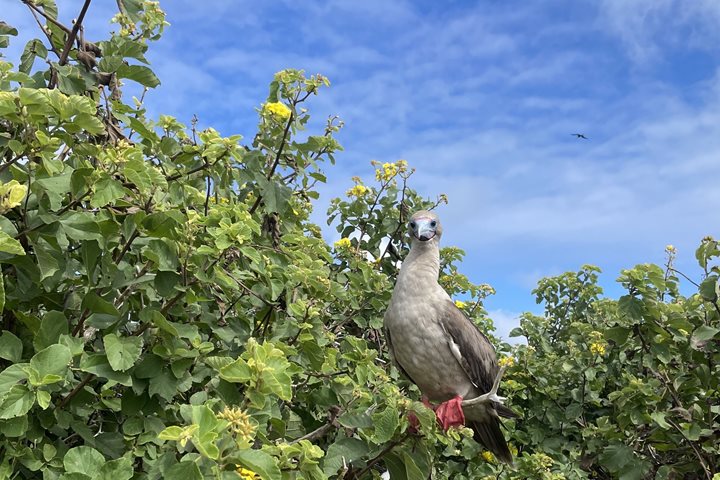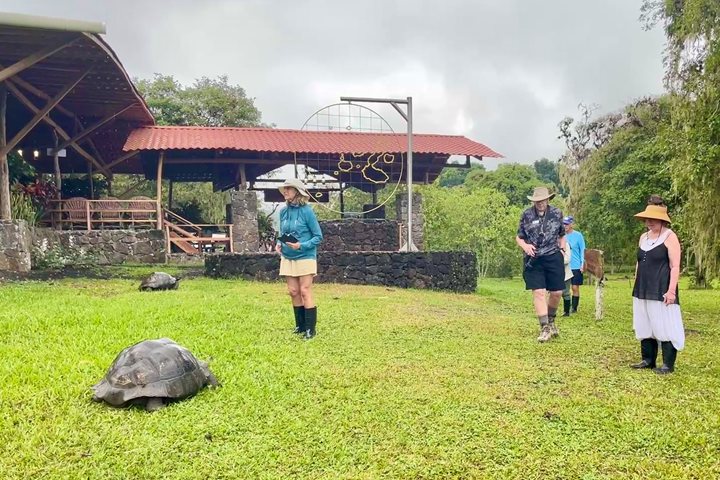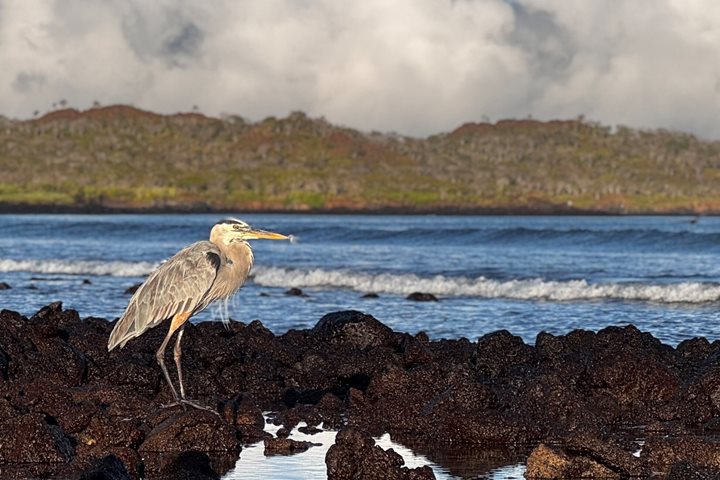The Galápagos Archipelago consists of approximately 13 larger islands, with the youngest located in the west and the oldest toward the east. Those eastern islands show a higher rate of endemism, as creatures have a longer span of time to evolve into new forms, which can only be found here. Today we visited Española, the easternmost of the Enchanted Isles, which is also the home to the only tropical albatross in the world: the waved albatross. With its amazing wildlife and stunning landscapes, there is no better way to start our expedition in the Galápagos!
5/29/2025
Read
National Geographic Gemini
Genovesa Island
Genovesa is considered one of the Galapagos crown jewels, and today it was showing off all of its splendor. Immediately after breakfast we put on our sturdy shoes and set out to explore Prince Philip’s Steps. This area is known for opportunities to observe not only large colonies of nesting Nazca and red-footed boobies, but maybe, just maybe, the short-eared owl which exhibits diurnal behavior on this island. After this walk we got ready for a dip in the Pacific Ocean and snorkeling along the inner coast of this caldera. The afternoon was equally amazing as we disembarked to explore Darwin Bay, along a short and easy trail that was packed with wildlife. Here we observed not only nesting frigatebirds, red-footed boobies, and Nazca boobies, but also a few yellow-crowned night herons. It was another incredible afternoon in the Galapagos Islands.







